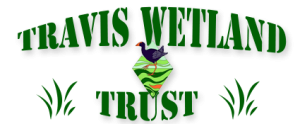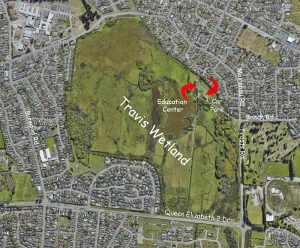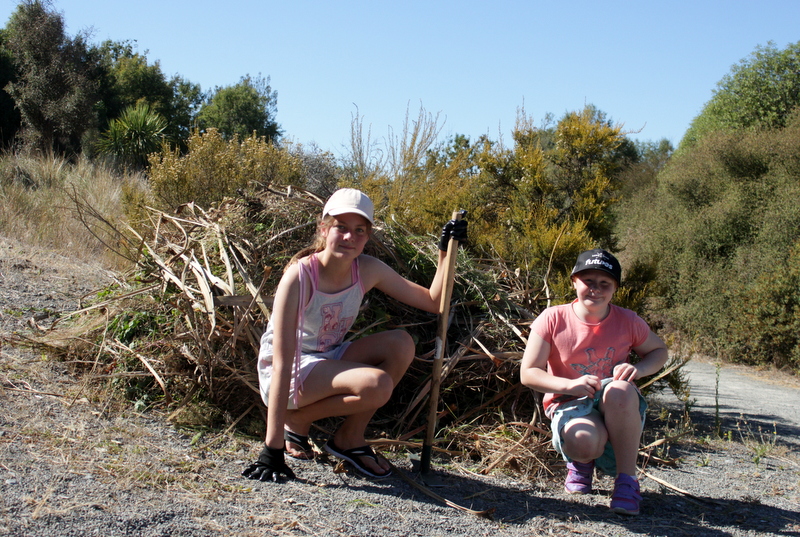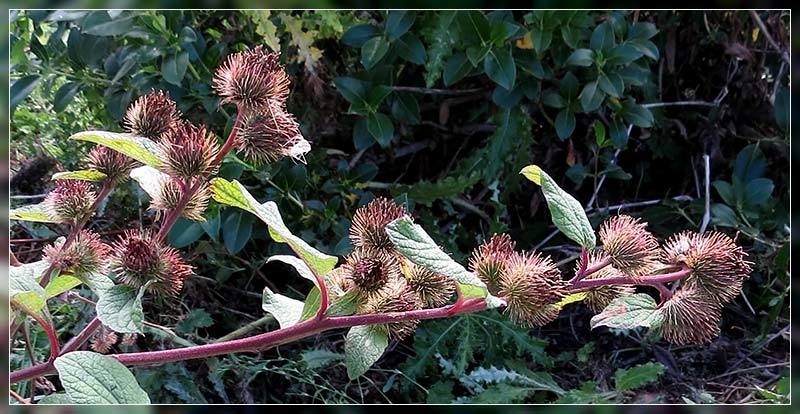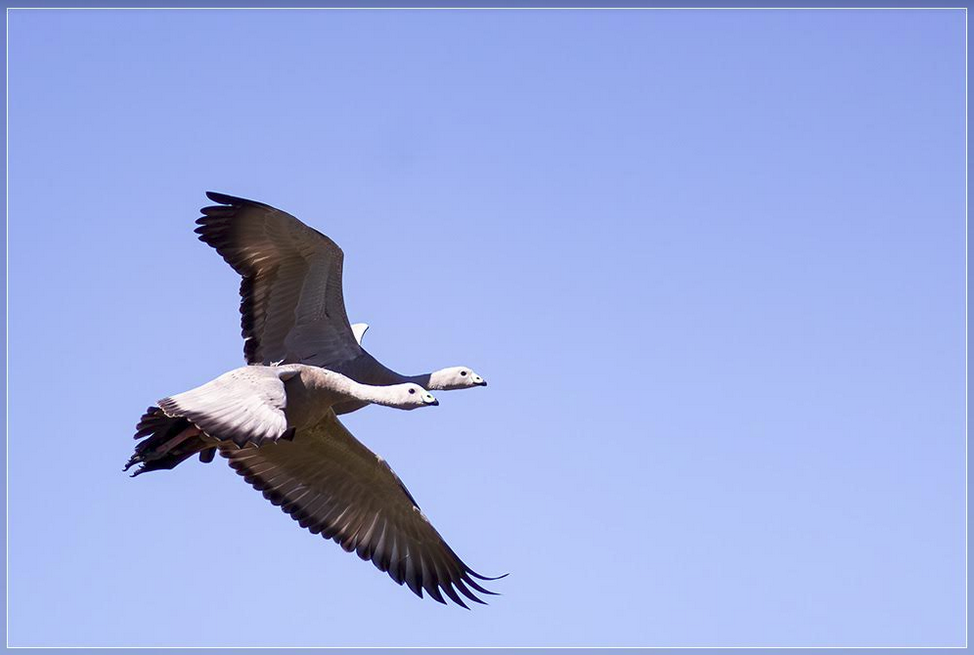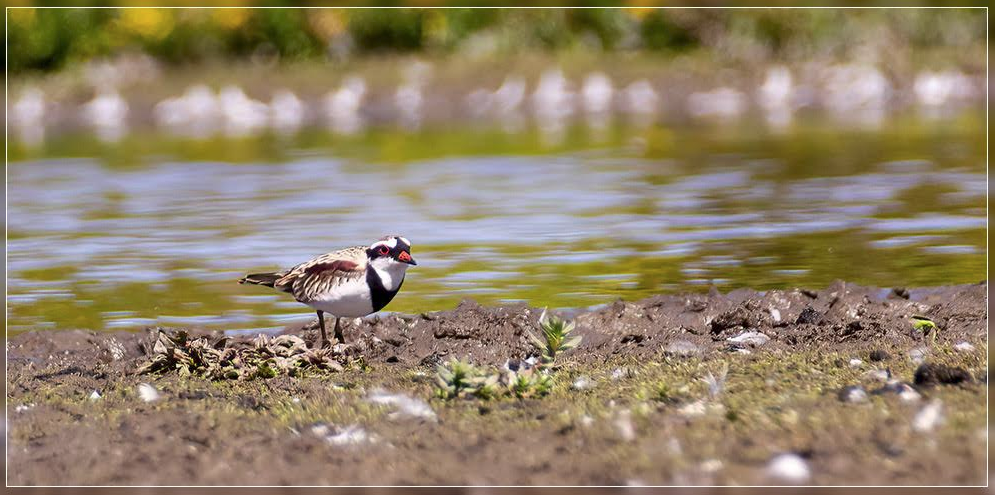Work Day Reminder, Mar 20 2021
The next Travis work day, is Saturday March 20, 9 am – 12:00pm.
Meet at the Education Centre (the old farm house) near the Beach Rd car park at 9 am. Click on the adjacent location map for a more detailed view.
This month we’ll be working adjacent to Beach Rd (northern side) pulling down Convolvulus and other weeds. In the unlikely event that we run out of Convolvulus we’ll hop over the road and deal to some flowering hops, as well as Convolvulus, on the southern side. Please join us.
All tools provided. It may be wet underfoot, so gumboots are advised. If you don’t own any we do have some for loan.
Latest News
Last Work Day, 20 February
Our February workday dawned bright and sunny with very little wind. Twenty keen people turned out to help with yet another weed control offensive.
We worked to the north of the Beach Road entrance-way, on both sides of the walking track. Convolvulus was a major target. Though the sides of the road were looking better than in previous years, there were many patches hiding in thickets and smothering small plants. Once relieved of the invasive climber these thickets looked very healthy and leafy branches were providing enough shade to discourage European grass growth.
Other weed species included mallow, hemlock and old man’s beard. We particularly sought out and removed burdock plants. These large-leafed members of the Aster family can grow up to 1.5 m tall and produce pink thistle-like flowers. Prickly heads or burrs form and attach to fur, feathers or clothing allowing wide seed dispersal. The hook and loop fastener (Velcro) was inspired by this plant.
One highlight of the day was finding red admiral larvae and pupae on NZ tree nettle or Ongaonga (Urtica ferox), read more about this below.
Refreshments at the Education Centre were very welcome, especially for those who had been working in full sun. Thanks to everyone who came along.
Article: Sue Britain, Images: Eleanor Bissell and Grahame
Butterfly Mystery
After two summers without seeing signs of butterflies using the native Ongaonga (stinging nettle, botanical name Urtica ferox) for increasing their numbers, we recently discovered most of the leaves on one of our plants had been chewed to the main vein! A welcome sight as we then sighted six chrysalises and one caterpillar in its ‘J’ clinging to a branch and about to pupate. Delightedly we assumed red admiral butterflies are still around at Travis! Declining populations of these fast flying and colourful butterflies are occasionally seen basking on flowers in the sunlight. The species is found only in New Zealand and will only lay its eggs on stinging nettle.
We thought we had it sussed!
But it’s not quite that easy, as became apparent on closer examination of the yellow admiral butterfly life cycle and chrysalis. The ones we observed could perhaps be yellows. Yellow admirals are also found in New Caledonia & French Polynesia and are more frequently seen around Christchurch than reds. However, it is most likely that the ones at Travis are indeed red admirals as the yellows seem to prefer, according to the experts, the smaller introduced nettles for laying. Both butterflies lay greenish coloured eggs on the underside of the nettles and their caterpillars fold the leaf around themselves and live in the ‘tent’ while feeding safely. As they grow they moult five times before pupating. Caterpillars of both species are similar to the naked eye.
The red admiral butterflies feed on nectar and can live for up to nine months, that’s if they manage to overwinter. Reproducing depends on avoiding their pupae being parasitised by exotic parasitic wasps! It’s not easy to be a butterfly!
Article: Eleanor Bissell, Images: Grahame
Recent Bird Observations
You may remember from earlier newsletters that in February 2019 a single Cape Barren Goose was observed at Travis and then in November last year it was joined by a second bird. Last month 3 more flew in! It was a case of two’s company, five’s a crowd and the two residents made the newcomers feel very unwelcome.
While not a new species to Travis, Black Fronted Dotterels are infrequently seen at the wetland. Last month Grahame observed two of them by the pond at the back of the Information Centre.
Images: Grahame
Theft and vandalism continues
Travis Wetland is going through a bad patch at the moment. Frequent break-ins are continuing to occur in the Beach Rd and Mairehau Rd car parks, so be very careful not to leave any valuables in your car while parked there. A Eucalyptus tree by the barn was set on fire, but fortunately the fire did not spread to the barn before it was put out. A section of fence had to be replaced. To cap it all off a driver fleeing from police drove along the Wetland walk past the bird hide track and stock yards all the way to the bridge over Angela Stream. The car was abandoned there and the driver took to his feet. Unfortunately the police giving chase were not able to track him down. A tow truck came to extract the car and in turn got stuck. It took a second tow truck to get everything back to the road. Fortunately there was little damage.
Recent Images
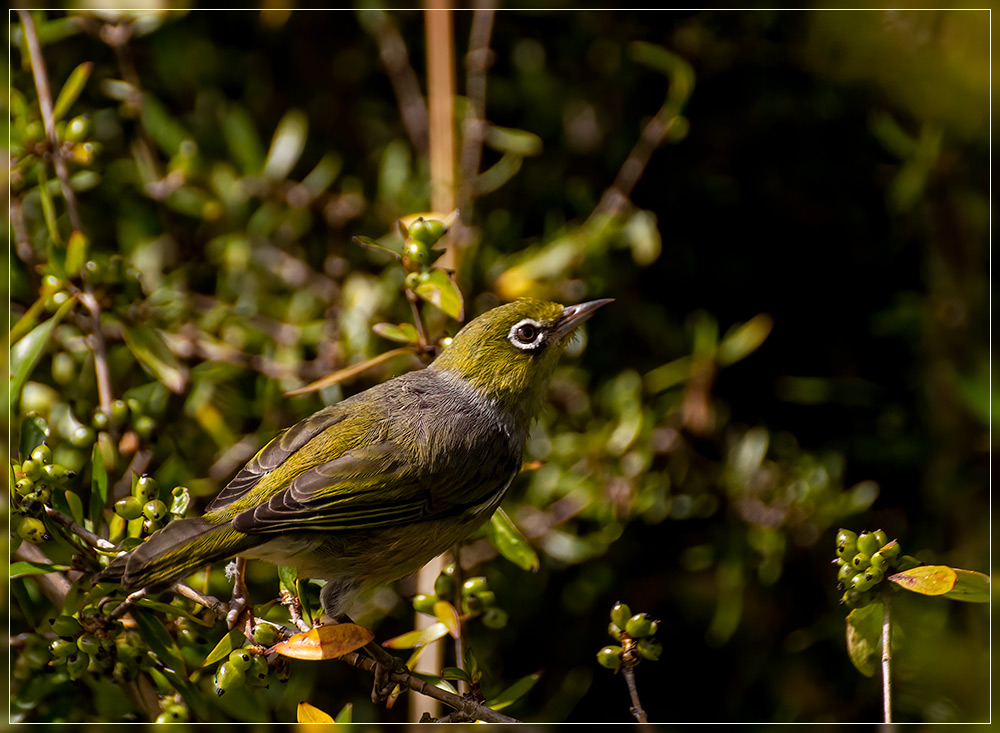
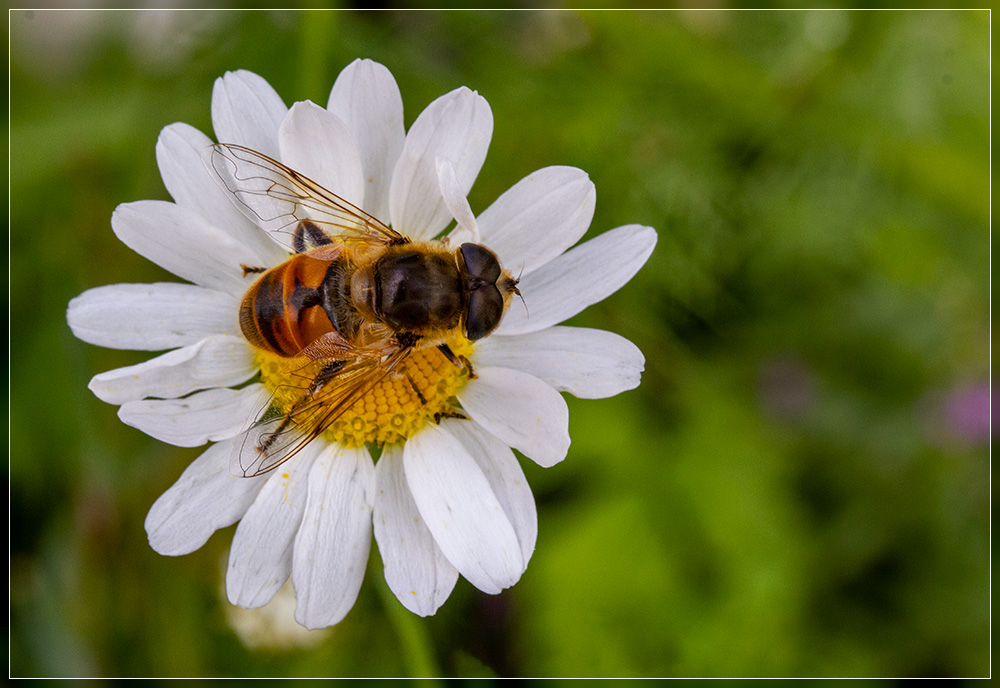
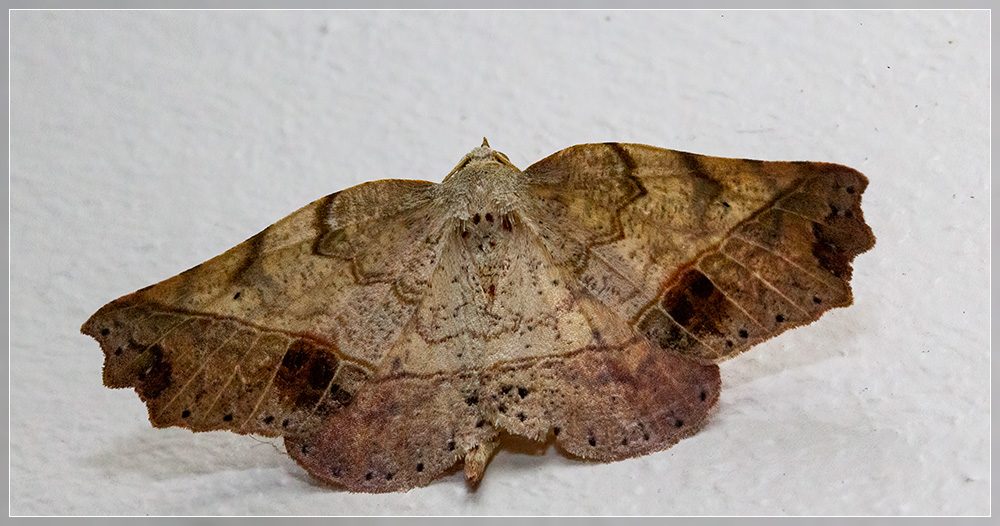

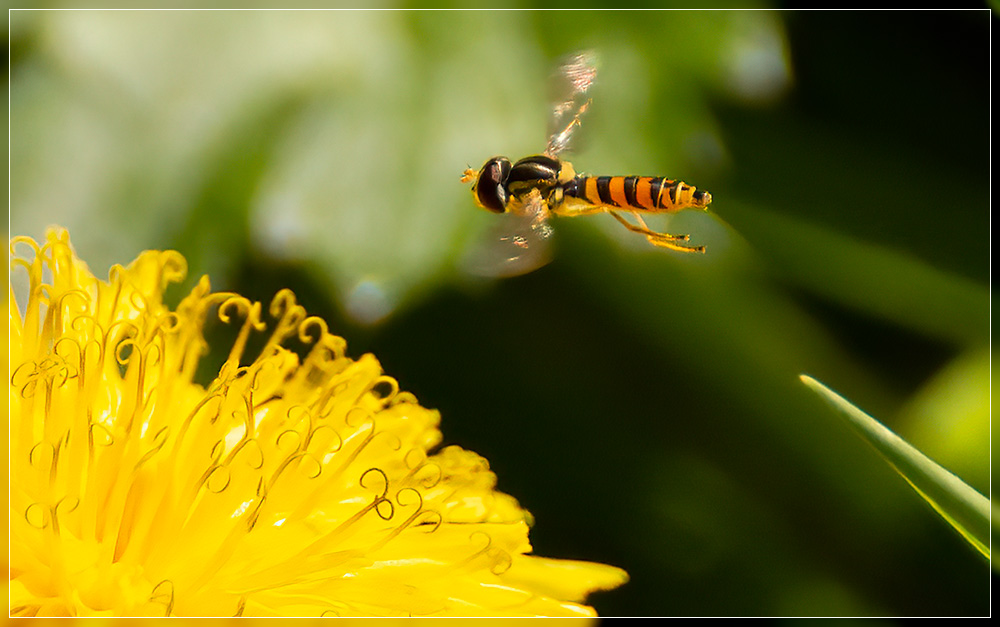
Images: Grahame

